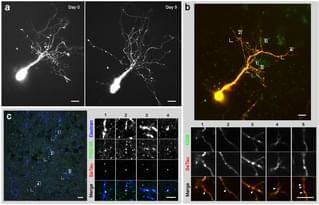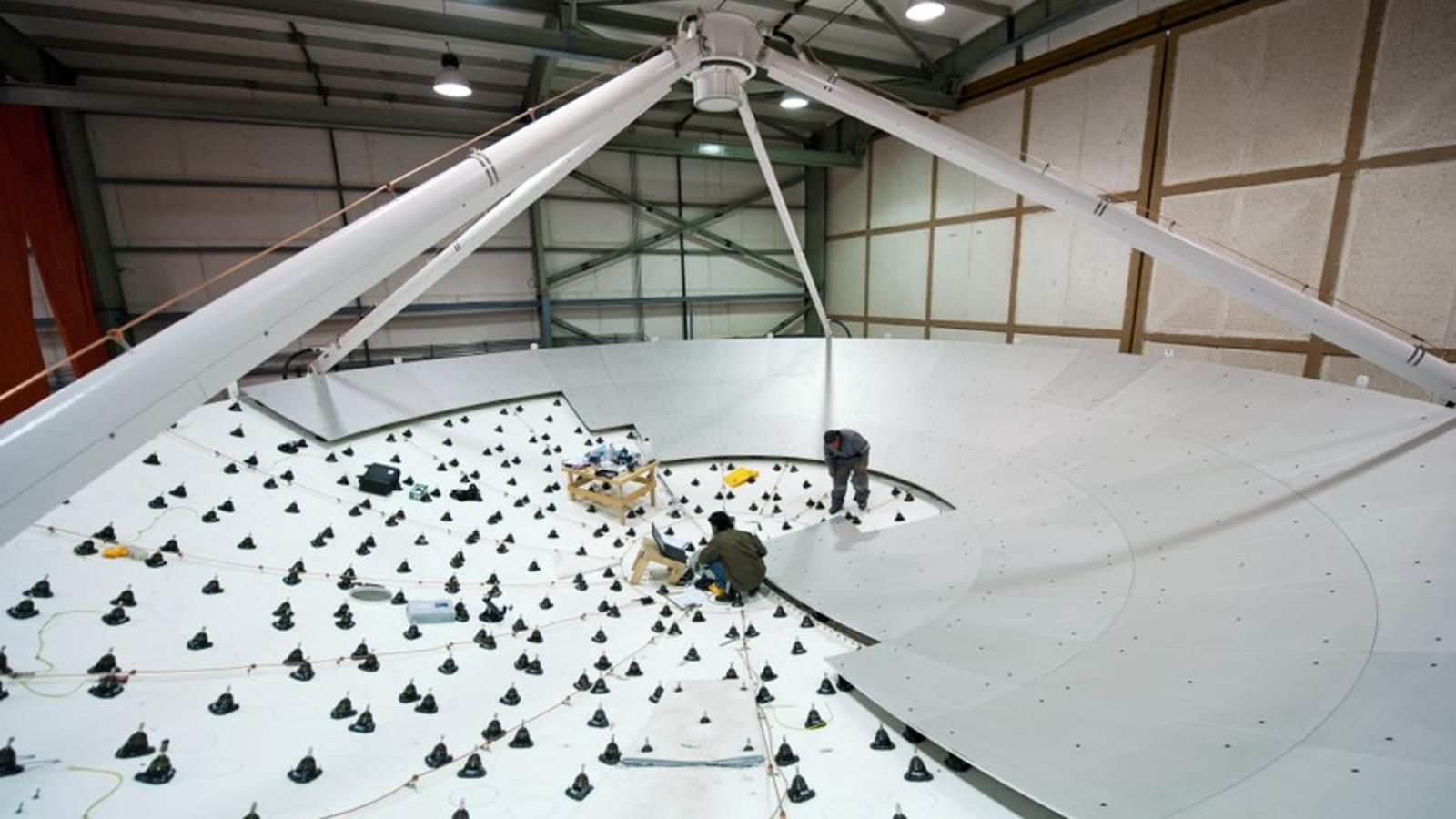Imagine touching the surface of a pond at two different points at the same time. Waves would spread outward from each point, eventually overlapping to form a more complex pattern. This is a superposition of waves. Similarly, in quantum science, objects such as electrons and photons have wavelike properties that can combine and become what is called superposed.
While waves on the surface of a pond are formed by the movement of water, quantum waves are mathematical. They are expressed as equations that describe the probabilities of an object existing in a given state or having a particular property. The equations might provide information on the probability of an electron moving at a specific speed or residing in a certain location. When an electron is in superposition, its different states can be thought of as separate outcomes, each with a particular probability of being observed. An electron might be said to be in a superposition of two different velocities or in two places at once. Understanding superposition may help to advance quantum technology such as quantum computers.
One of the fundamental principles of quantum mechanics, superposition explains how a quantum state can be represented as the sum of two or more states.







